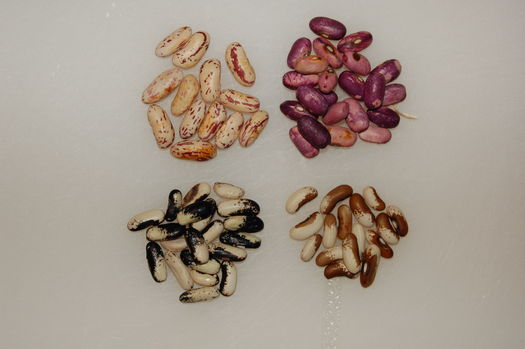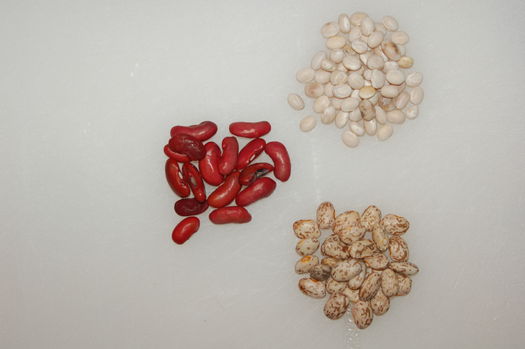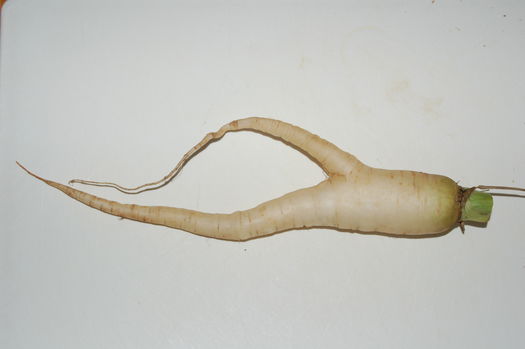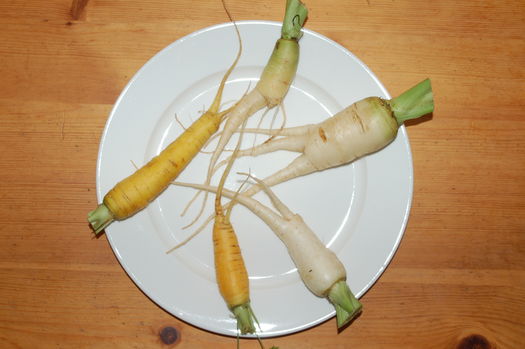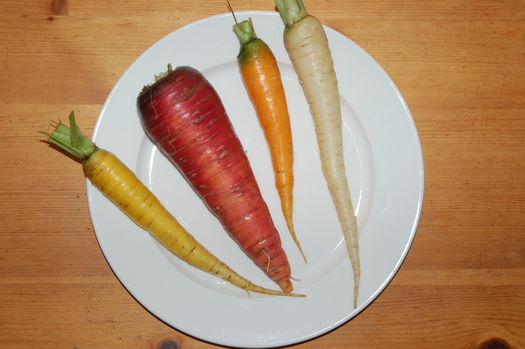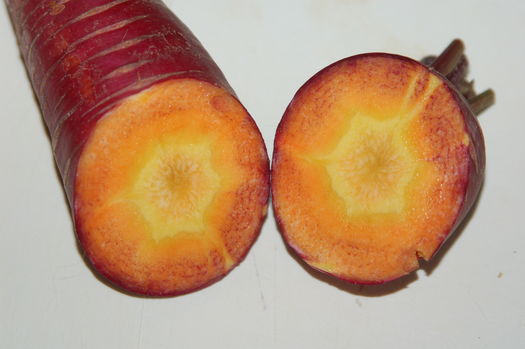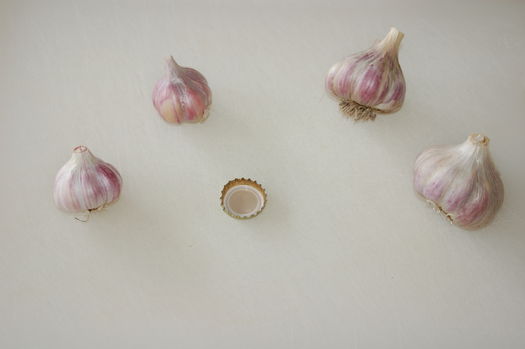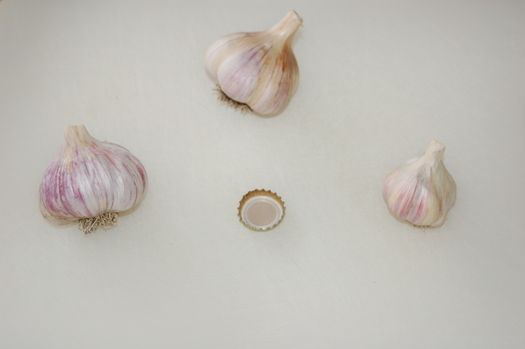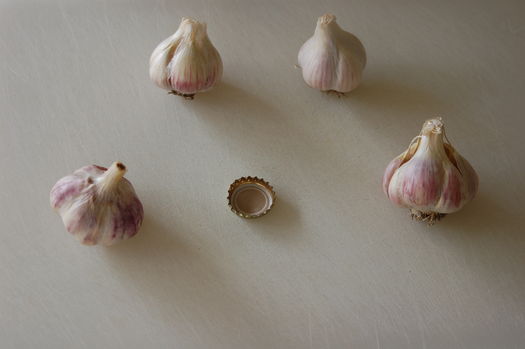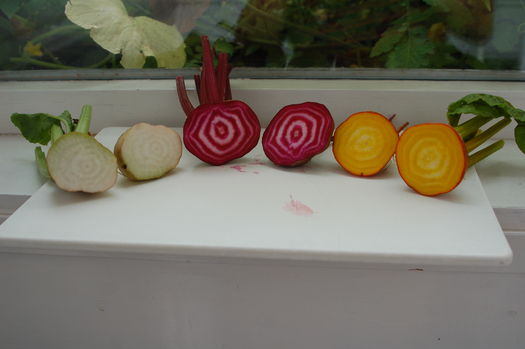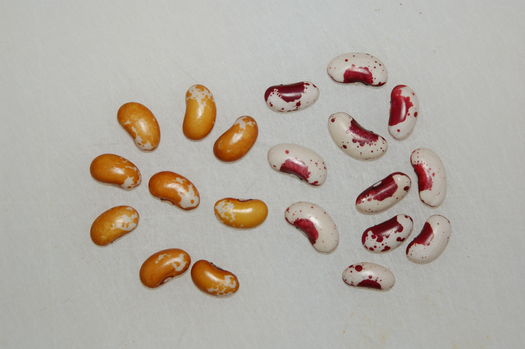
On the left are Appalossa beans. and on the right Dog beans. Dog beans by the way are a variety of Jacob’s Cattle bean, and look nearly identical. I am growing some more varieties, and will post more pictures later after I harvest them.
I think many gardeners forget about beans, especially dry beans. I have to travel to my garden, and because I am not there regularly enough, green beans are not really an option for me.
I am really a fan of bush dry beans. They don’t require poles or other support. You usually have to do one or two rounds of weeding after planting the seeds, but after that the foliage usually covers the ground and smothers the weeds. As far as things you can grow in your garden, they are fairly prolific. A 15ft (4.5m) row will normally yield at least a pound (500g) of dry beans, and sometimes 2-3 times that. Beans don’t need rich soil, and will fix nitrogen and improve any soil they are grown in. They are normally ready for harvest in 90 days, making them suitable for almost any climate and even fairly short growing seasons. This is of course all assuming you have the proper nitrogen fixing bacteria in the ground.
The variety of beans available is astonishing, I guess hundreds or maybe even thousands. If you grow several kinds they will sit in jars on your shelf and you will get to know them like bottles of fine wine. Each with it’s own special taste.
In terms of preserving your harvest, nothing could be easier. Just let them air dry throughly, before putting them in an airtight container. It is a very good idea to ‘Pasturize’ your harvest by putting it in the deep freeze for a few days. As long as the beans are dry this won’t hurt them, and it will kill the eggs of any insect pests that might remain after harvest. If you are afraid they might not be dry enough, freeze a few of them first, and see if it goes okay. If you are saving them for seed, you may wish to germination test the seeds from your freeze test.
There is a world of difference in taste between what you grow at home and what you buy in the store. Store bought beans are frequently years old, and always totally and throughly dried out. So dry, you need to soak them overnight before using them, then usually you have to cook them for more than an hour to make them eatable. They are also unlikely to grow if you try planting them.
What you grow yourself usually doesn’t need any more than a few hours soaking, and less than a half hour cooking. The taste is fresh like you have never had before. The seeds are the same as what you eat, just set some aside and plant them.
